PODCAST The Bowery Boys head to northwestern Queens to uncover the origin of two close neighborhoods with divergent histories.
The borough of Queens has a history unlike any in the New York City region, but the story of its northwestern region — comprising Astoria, Long Island City and about a half dozen other, smaller neighborhoods — is particularly surprising. And there are basic aspects of these wonderful neighborhoods, fundamental to every day life here, that you may have never known.
How did Astoria get its name? John Jacob Astor is involved but not in the way you think.
Was Long Island City an actual city? Well, technically, yes. In the 19th century, it was certainly corrupt like a modern city!
How important to Astoria history is the Steinway Piano Factory? So important that modern Astoria would not exist in its present form without it.
In 2017, why is Long Island City full of new developments and Astoria almost none? The secret is imbedded in its history, in decisions that were made 150 years ago.
And it all begins with a brutal murder — in a little place called Hallets Cove.
The Bowery Boys: New York City History podcast is brought to you …. by you!
We are now producing a new Bowery Boys podcast every week. We’re also looking to improve the show in other ways and expand in other ways as well — through publishing, social media, live events and other forms of media. But we can only do this with your help!
We are now a member of Patreon, a patronage platform where you can support your favorite content creators for as little as a $1 a month.
Please visit our page on Patreon and watch a short video of us recording the show and talking about our expansion plans. If you’d like to help out, there are five different pledge levels (and with clever names too — Mannahatta, New Amsterdam, Five Points, Gilded Age, Jazz Age and Empire State). Check them out and consider being a sponsor.
We greatly appreciate our listeners and readers and thank you for joining us on this journey so far. And the best is yet to come!
From the 1882 History of Queens County: “The Williams Veneer-Mills. The village of Astoria is, like scores of others, a clump of vigorous shoots from the underlying business roots of the great city, that permeate the surrounding country in every direction. Among its most enterprising businessmen is William H. Williams, a cut of whose extensive veneer-mills is herewith presented. In the spring of 1875 he came to Astoria and put up a building 40 feet square, which was in running order by the ist of June.”
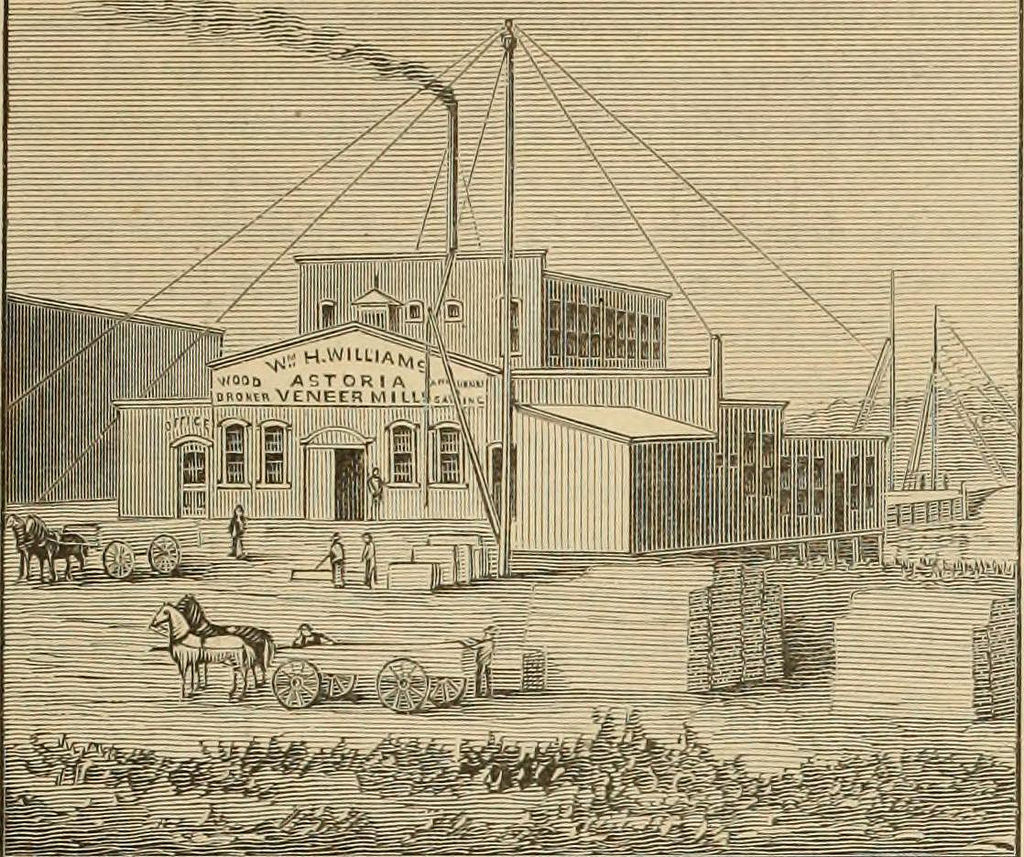
The bustling trolley system of Long Island City in 1899, a portion of which was controlled by the most corrupt mayor of Long Island! I’m not sure of the exact location but this is most likely near docks of Hunter’s Point (note Long Island Railroad ferry terminal which links to 34th Street in Manhattan).
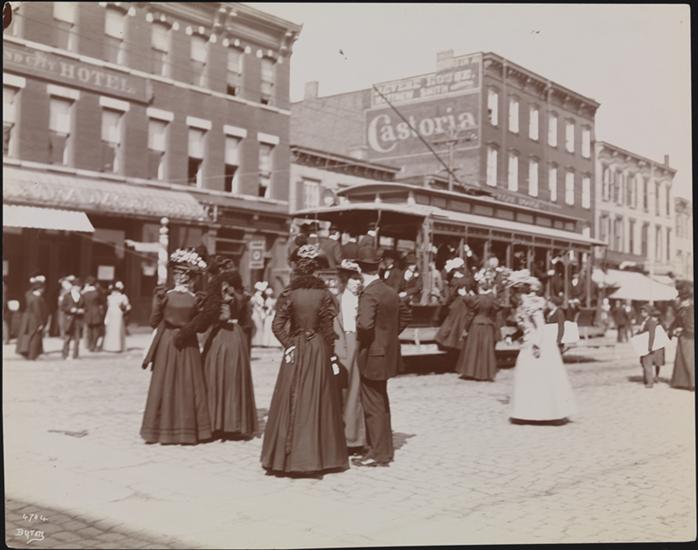
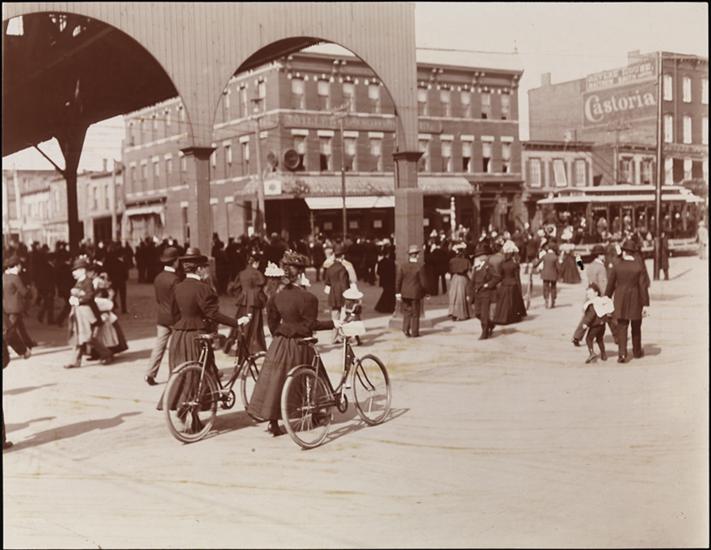
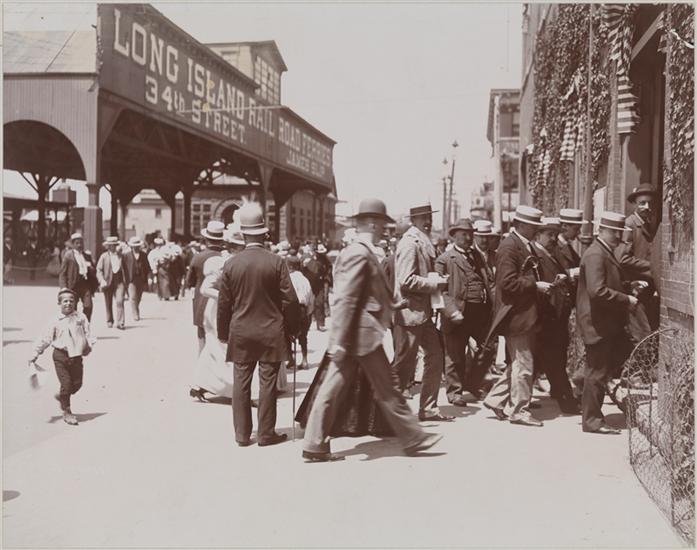
Images of the Steinway Piano Factory from 1902 (and courtesy Byron Company/Museum of the City of New York)
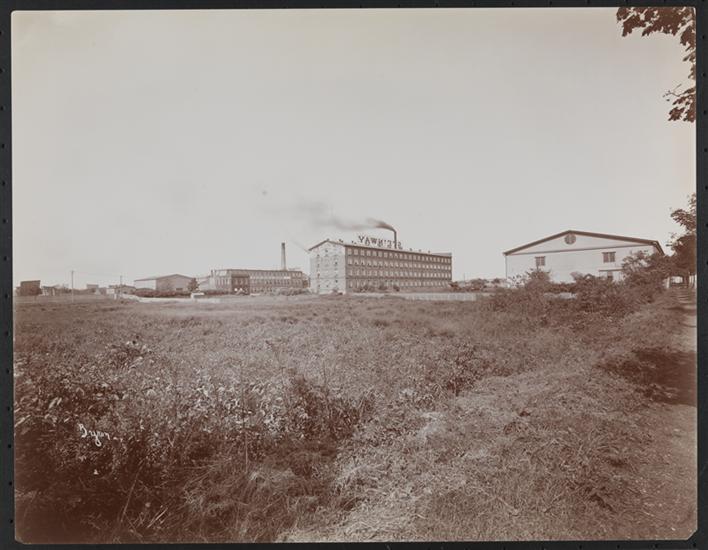
The Famous Players-Lasky film studio in the 1920s. TV and film are still produced here today as the Kaufman-Astoria Studios.

Meanwhile the mansions of Astoria were slowly being crowded out by new developments. Still a few hang on to this day. Unfortunately this rustic manor (seen here in 1937) which once sat at 805 27th Avenue is no longer there.

Long Island City, Queens, looking southwest from pier at 41st Road, with the Queensboro Bridge overhead.

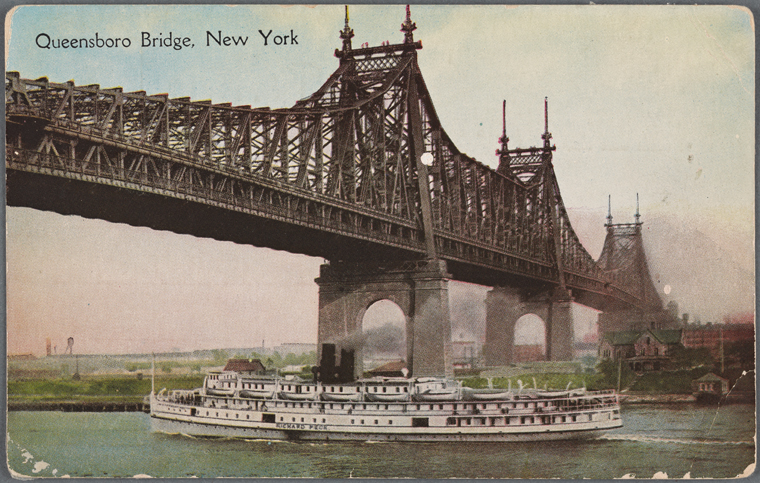
Tony Bennett’s 1990 album Portrait of the Artist pays homage to his birthplace.
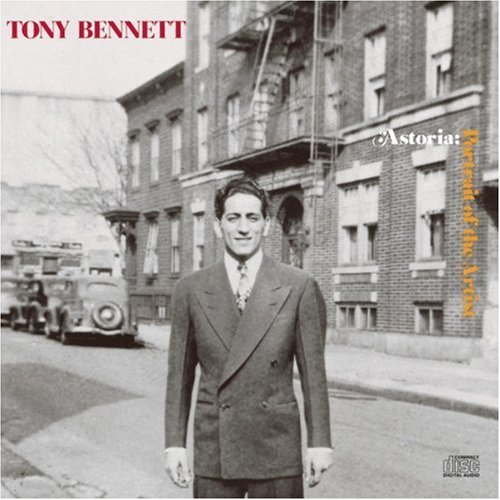
The debut of P.S 1 in 1976 was featured in Artforum Magazine. The first show there (called Rooms) presented installations in the still-unfinished classrooms of the old school built in 1892.
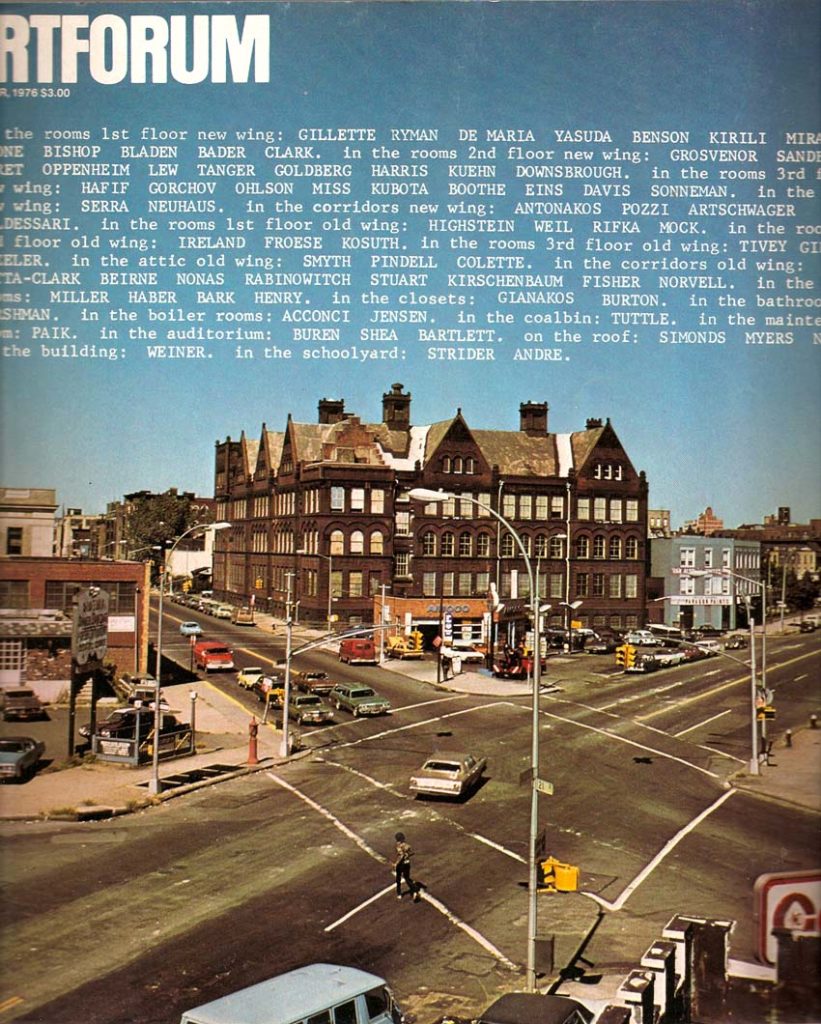
The Pepsi Cola sign as it appeared on the actual bottling plant (which closed in 1999). The sign is now a decoration on the promenade astride the Hunters Point South development.
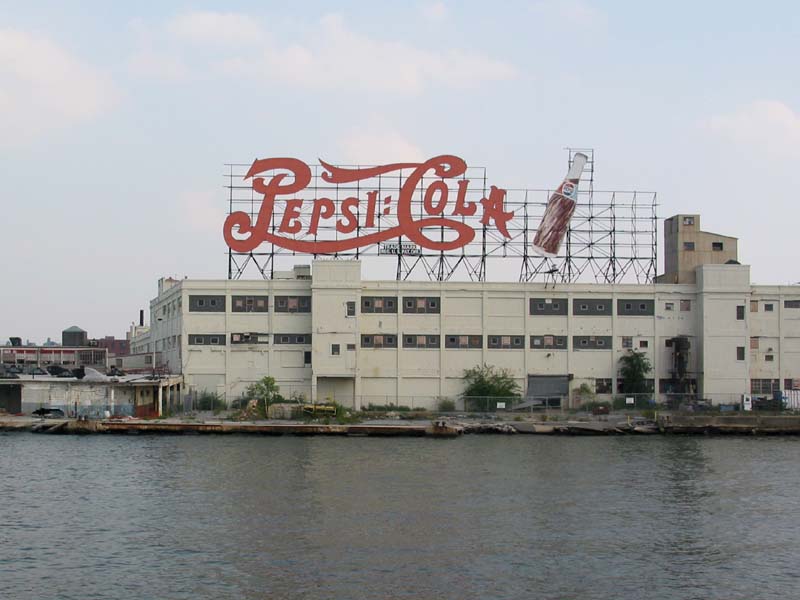
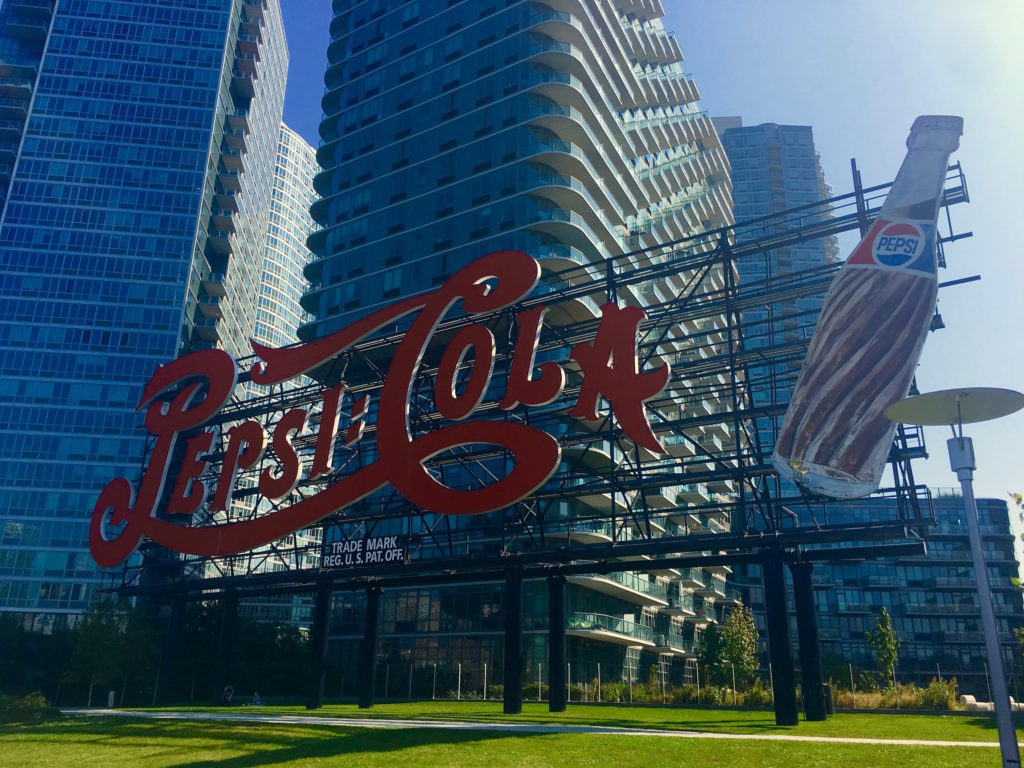
The Astoria swimming pool with Hell Gate Bridge in the distance.
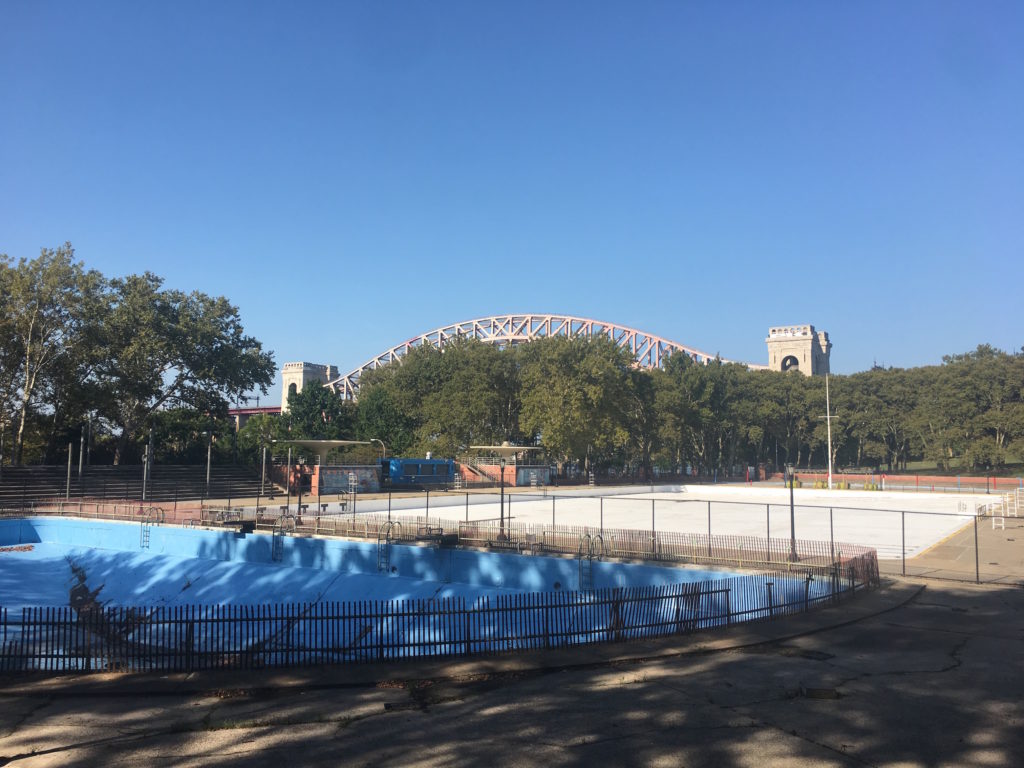
A fascinating business on 42nd Street near the elevated train.
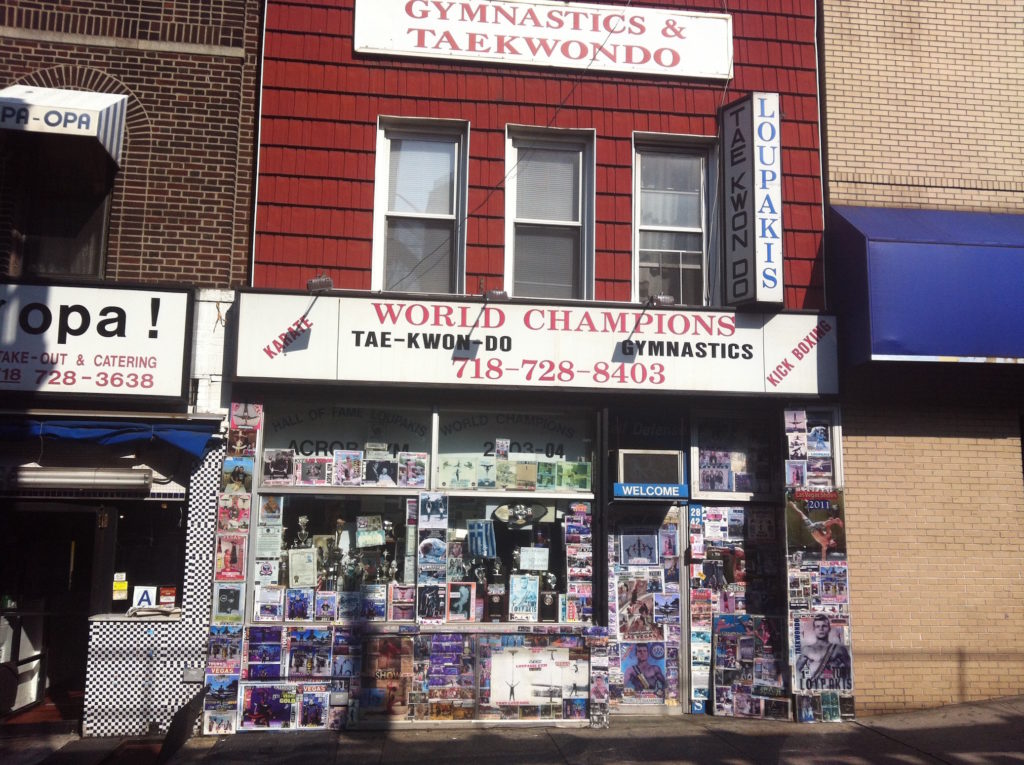
St. Demetrios Cathedral, during construction and how it looks today.

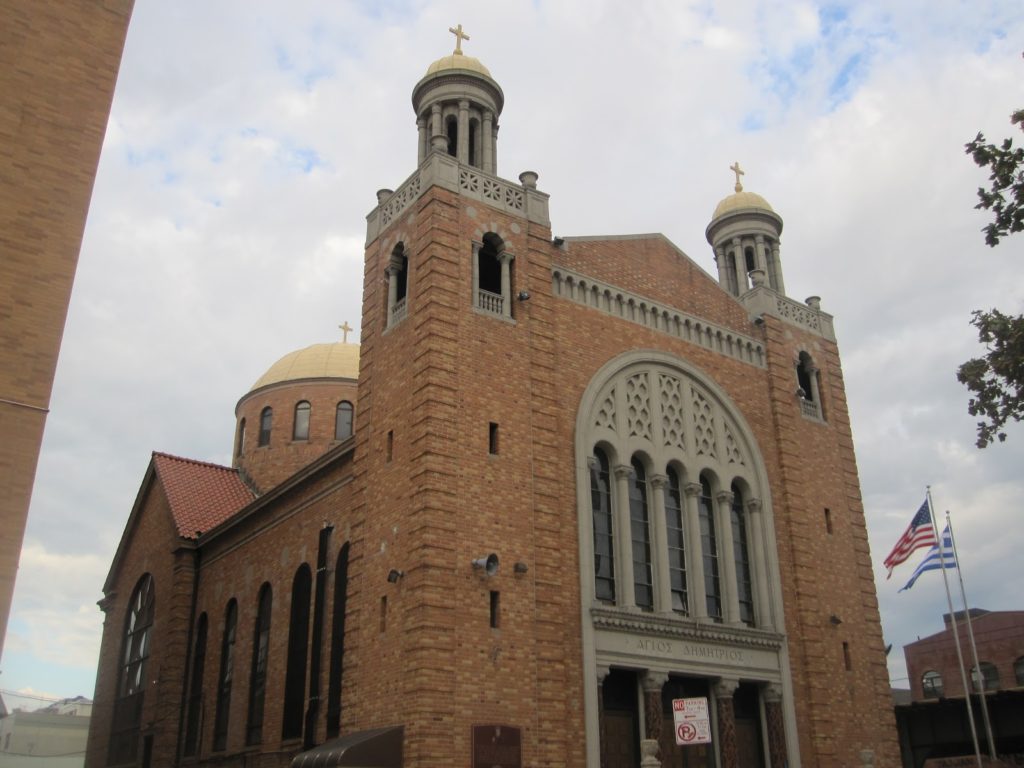
The restaurant Mombar in the ‘Little Egypt’ section of Astoria
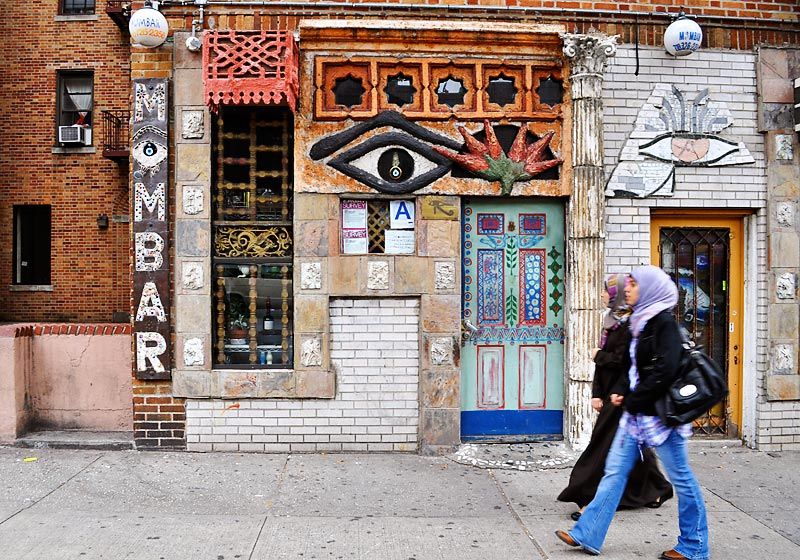
FURTHER READING
FURTHER LISTENING:
For more information on the Steinway’s origins, check out episode #92 —
The Museum of the Moving Image was featured in the Bowery Boys episode focusing on the city’s history with video games:
The late, departed Five Pointz, a graffiti space in Long Island City recently demolished to make way for condos, was featured in the Bowery Boys episode on the city’s history with graffiti art.

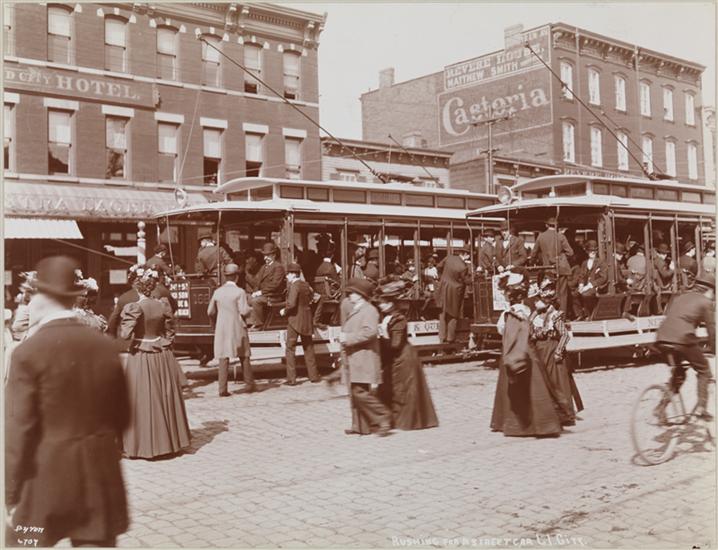
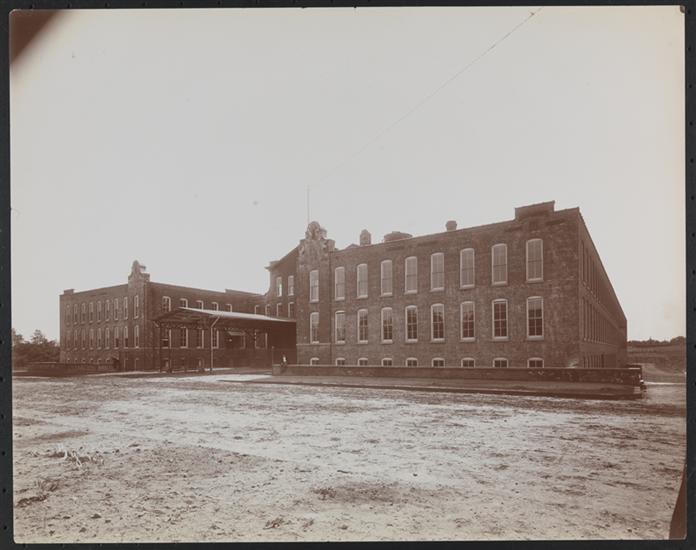
14 replies on “The History of Astoria and Long Island City, Queens”
Great episode, as always! I love when you guys touch on Queens focused stories. Maybe someday you can do episodes on Flushing or Jackson Heights.
A quick note on Pepsi. Before they moved to the waterfront and put the neon sign, they had another headquarters at 47-51 33rd in Sunnyside and it still stands today. If you manage to get inside you can see manhole covers that say PepsiCo and the pipes that carried the syrup and water are still there.
Born in Astoria. Lived there until I was ,15 years old. That will always be my home. My happiest years of my life were in Astoria.
Born in Boulvard hospital in 1947.Lived on Steinway street till
I was 19. Went to St Joseph’s chruch and school snd onto St.Nicholas high school in Brooklyn. I had the Best childhood In Astoria. A large portion of my family lived Iin a 3 block radius..Played on 41 street and had so many friends and it was the best. All you needed was roller skates or a big empty box which made some kind of entertainment . Chalk was always fun and did our art work on the black top.Went home for lunch then back till super then back till the street lights went on. It’s a shame things are do different now and sad that kids today won’t have wonderful memories of just being kifsy
Slight correction for photo caption:
“Long Island City, Queens, looking southwest from pier at 41st Road, with the Queensboro Bridge overhead” should be 41st Avenue
a photo taken of my Great Grandfather as a teamster with horse and wagon with Geo. Ehert Brewer taken down at the Gantry late 1890’s early 1900
sorry I have a Photo
The building referred to as the St. Dimitrios Cathedral under construction is actually the high school building of St. Dimitrios right next to it. The black and white photo has it written in Greek on the bottom.
just great as Al Long island city boy since 1942 some how i always knew that L.I.C. HAD A GRAND HISTORY .TO L.L SO MANY LTTTLE THINGS YOU COULD DISCOVER JUST BY KEEPING YOUR EYES OPENED TO THE CCAI PURCHASE THIS BBOK?LUES OF THE L.I.C. HISTORY ALLAROUND YOU ,
My Grandfather owned a foundry in Astoria Queens, I have to get the name.His name George Otto Staub. His father worked for Steinway Piano Company
When they were doing construction on Queens Borough High School in 1902 they found the stone of John Francis Ryerson. Boys from neighborhood dug and found his coffin. They put his bones in a big bucket. I’m sure you know the story. I am descended from the Ryerson family. Cant help wonder where they put his bones and his stone. Or did they bring his remains some where else? This was the old Ryerson Cemetery on his property. He died in 1798 the son of Frans Ryerson. and Annetje Dey. I am descended from Frans Ryerson’s brother Joris.Thanks for any help you can give.
Gerald Varner
rootsman757@aol.com
Born and raised in Astoria. My husband was original owner of Parisi Bakery
Parisi was the Best Bakery ever! I always bought 2 loaves of bread – one to eat on the way home.
Does anyone remember a cafe in the 1920’s owned by Michael Agoglia called “Jackson Avenue Cafe and Restaurant”? 348 Jackson Avenue and Orchard Street. “Spaghetti dinner a specialty”. I am one of the great granddaughters.
I love these pics. I am looking for old pics of P.S. 4 in Long Island City, Queens. It was one of the first schoosl to turn into grades kindergarten to 6th grade. I went to kindergarten through 6th grade. I was 4 1/2 years old in l945. The architecture was very unique as I recall and wonder if there are any pictures of it